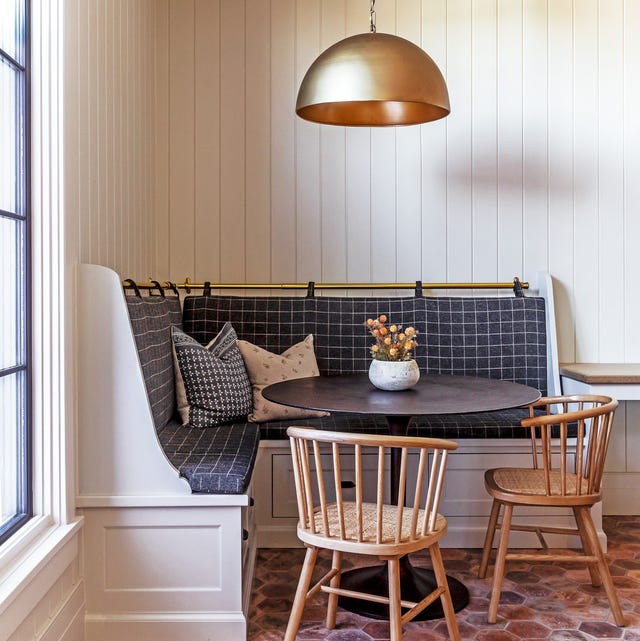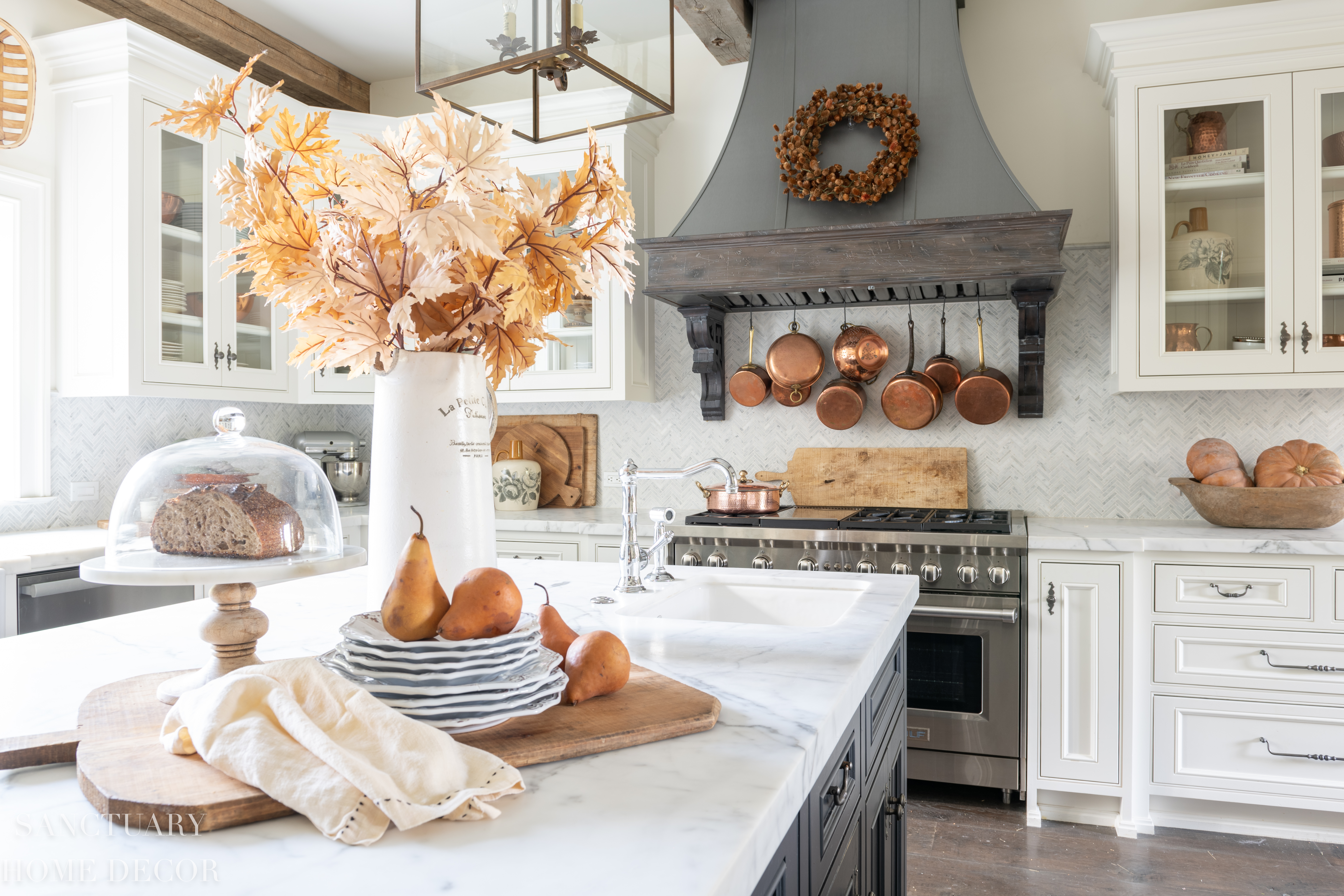Master the Art of Layering Textures in Home Design for a Cozy Ambience
The ability to effectively layer appearances within home style is a nuanced ability that dramatically adds to a cozy and inviting atmosphere. By recognizing the interaction between various materials and their responsive qualities, one can develop an area that not just looks visually pleasing yet additionally really feels inviting. The choice of complementary structures, from soft materials to natural environments, is critical in accomplishing this equilibrium - Home decor. The difficulty lies in grasping the strategies that raise a space from merely useful to remarkably comfortable. Exploring these approaches reveals exactly how thoughtful layering can transform your living setting right into a true refuge.

Understanding Appearance Basics
When it involves home decor, understanding the basics of texture is important for producing an unified and welcoming area. Appearance describes the responsive top quality of surface areas and can significantly influence the total aesthetic and feel of a space. It encompasses a variety of elements, including products, finishes, and patterns. By attentively layering appearances, you can include depth and interest, efficiently transforming a uninspiring and flat environment into one that is cozy and aesthetically appealing.

Picking the Right Materials
Picking the best products is important in attaining a well-layered structure in home design. The selection of products not only affects the general visual however additionally influences the comfort and performance of the area. When taking into consideration appearances, prioritize natural fibers such as cotton, silk, wool, and bed linen, which offer warmth and a tactile high quality that artificial products typically do not have.
For upholstery, choose long lasting textiles that can endure wear while preserving their structure. Velvet and chenille can add lavish depth, while canvas and denim lend a more laid-back feeling. Incorporating wood, metal, or rock can boost the responsive comparison, supplying a grounded, organic component to your design.
Furthermore, think about the weight and drape of textiles when picking drapes or throws. Heavier materials can produce a cozy, enveloping atmosphere, while lighter options can maintain a ventilated feel. Devices like rugs and paddings can present diverse appearances and patterns, improving the general split impact. Ultimately, the appropriate product choices will certainly harmonize with your design vision, developing an area that really feels inviting and natural. Very carefully curating these aspects will significantly add to the ambiance of your home.
Layering Strategies for Depth
Reliable layering methods are crucial for producing deepness in home decoration, changing a flat room into one that feels rich and inviting. To achieve this, begin by integrating different textures that contrast yet complement each various other. Compare smooth surfaces like glass or steel with softer products such as wool or linen. This develops aesthetic passion and tactile diversity.
Following, take into consideration using rugs. Layering rugs can effectively define areas within an area, adding warmth and dimension. A larger, neutral carpet can work as a base, while a smaller, patterned rug adds centerpieces. In a similar way, strategically placing throw pillows with varying appearances and dimensions on couches or beds can boost depth and convenience.
On top of that, include building components such as racks or mounted artwork to look at this web-site create vertical layers. This not just draws the eye upward yet also provides opportunities to present extra textures blog with decorative things showed on the shelves.
Color Sychronisation and Structure
In the world of home design, attaining harmony between shade and structure is essential for establishing a natural and welcoming atmosphere. When attentively coordinated, color and appearance can raise the aesthetic allure of a space, developing deepness and interest.

Next, concentrate on texture. Soft fabrics like velvet or linen compared with hard materials such as timber or metal produce a vibrant interplay. A deluxe velvet couch coupled with a sleek, metallic coffee table introduces a responsive contrast that invites touch and expedition.
Moreover, layering different textures-- like a woven carpet under a smooth table-- can better enrich the area. Keep in mind to preserve a cohesive look by restricting the variety of appearances and colors, which aids prevent visual mayhem. By grasping the art of shade control and structure, you can develop a setting that really feels both unified and inviting.
Seasonal Appearance Transitions
As the seasons modification, so as well need to the textures within your home to show the evolving environment and mood. Transitioning your design from one season to one more can develop a feeling of freshness and convenience, improving your home's overall appeal.
In springtime and summer season, welcome lighter fabrics such as bed linen and cotton. These Click Here products advertise a windy feeling and can be improved with dynamic patterns or subtle textures like stitched details. Integrate ventilated throw cushions and lightweight coverings to keep a feeling of relaxation.
As fall methods, take into consideration presenting warmth with richer textures. Woollen, velour, and larger knits can give convenience and comfort. Choose for natural tones and split textiles like chunky weaved tosses or delicious velours to develop an inviting setting.
Winter requires a much more indulgent method. Integrate split textures with fake hair, thick woollen, and plush products - Home decor. These aspects not just add deepness to your design yet additionally welcome heat throughout colder months
Final Thought
In final thought, mastering the art of layering textures in home design significantly adds to developing a cozy environment. Furthermore, adapting appearances seasonally improves the general aesthetic and convenience of the home.
The ability to efficiently layer appearances within home decor is a nuanced skill that significantly adds to a cozy and inviting ambience.When it comes to home decoration, recognizing the principles of appearance is essential for producing a harmonious and welcoming room. By understanding the basics of texture, you lay the foundation for more sophisticated layering strategies, leading to a well-curated and inviting home decoration plan.
Selecting the best materials is essential in attaining a well-layered appearance in home style.In final thought, understanding the art of layering structures in home style substantially adds to producing a relaxing ambience.